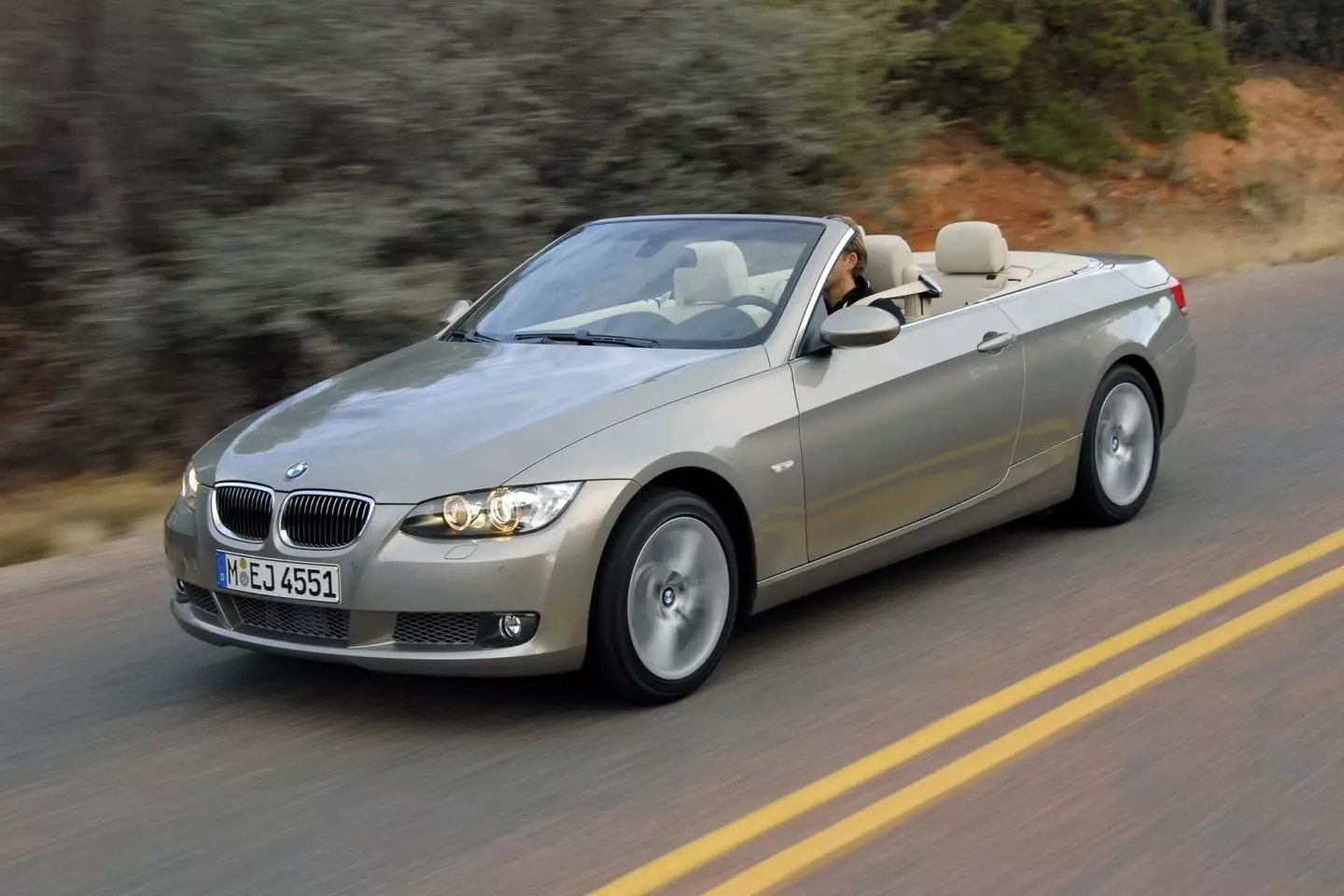You may no longer remember it, but not so many years ago, convertibles with a metal top were what was “buzz. Seriously, before SUVs took the car market by storm, there were few brands that didn't have a model with this type of solution.
Brought into the spotlight in 1996 when Mercedes-Benz unveiled the SLK, the metal hoods quickly democratized, largely because of the “fault” of the Peugeot 206 CC . Interestingly, the French brand already had a considerable history in metal hoods: 401 Eclipse (1935), 601 Eclipse (1935) and 402L Eclipse (1937) used the similar solution.
The metal hoods quickly gained fans, seeming to offer the best of both worlds: having a convertible without the disadvantages of a canvas hood, above all the fear of acts of vandalism, with others even mentioning the greater resistance to wear and the superior level of isolation. Enough advantages to offset the disadvantages?
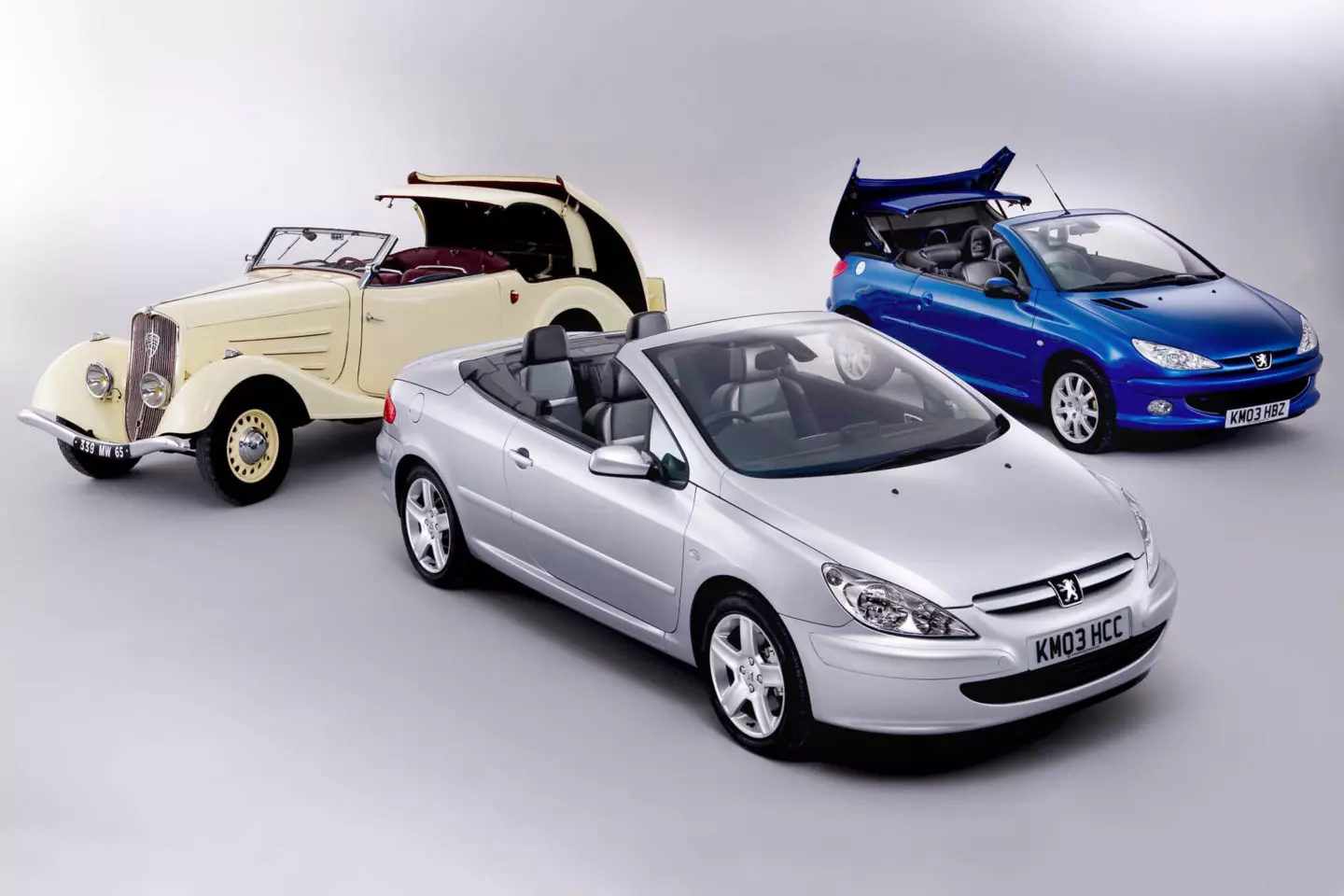
The 401 Eclipse alongside the 307 CC and 206 CC.
Disadvantages? Yes. In addition to being much heavier, the metal hoods required a much more complex opening and closing system — and much more expensive … —, also taking up much more space when stowed in the rear. It was one of the main reasons behind some of the least elegant rears in automotive history.
The other is due to the fact that most of the models that hit the market were not born as convertibles (unlike the SLK, for example), being adaptations of some of the most popular models on the market (utilities and small family), even keeping , mostly two rows of benches.
Subscribe to our newsletter
These are the models that we focused on in the elaboration of this list, leaving out the others, sports from scratch, such as the MX-5 (NC) or, at the other end, some Ferrari and McLaren (which still use this solution).
Peugeot 206 CC and 207 CC
Unveiled at the 2000 Paris Motor Show, the Peugeot 206 CC not only democratized metal roofs, but was also the first utility vehicle to adopt this solution. Produced until 2006, the 206 CC was probably one of the most elegant models among those that had a metal top, and the one that had the most commercial success.
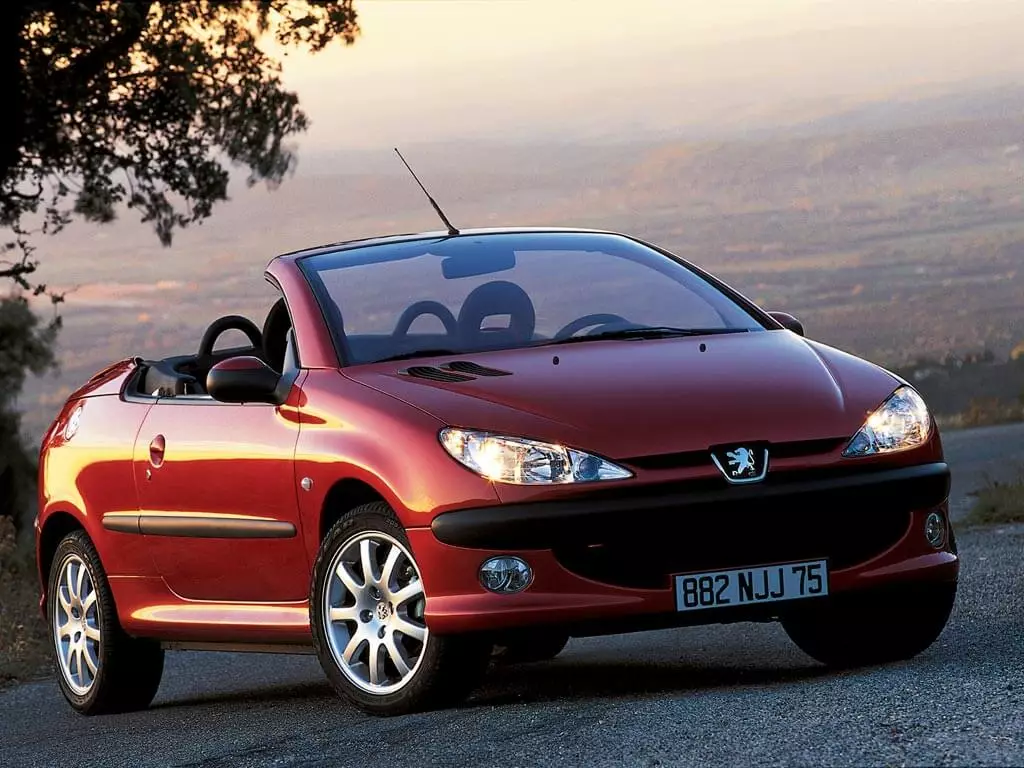
The 206 CC was followed by the 207 CC, which applied the same formula as its predecessor but not so elegant, by adopting the more “inflated” look that characterized the 207. Launched in 2007, it was in production until 2015, the year in which the Peugeot withdrew from offering convertibles in the B segment.
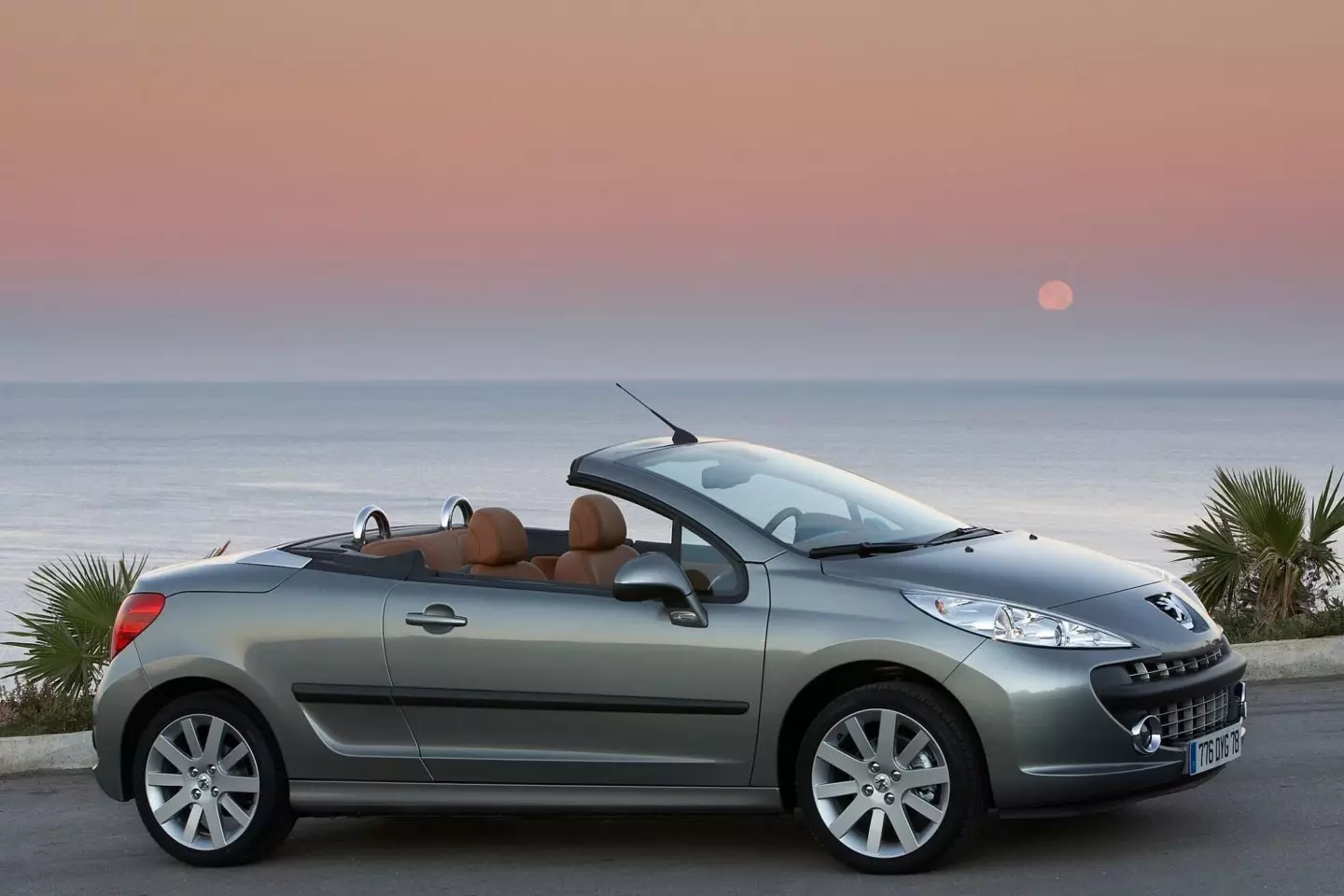
Mitsubishi Colt CZC
Unveiled at the 2005 Geneva Motor Show and released the following year, the Colt CZC was inspired by the CZ2 Cabrio, a prototype unveiled by Mitsubishi in 2003. Designed by Pininfarina, the Colt CZC was partially produced in the Netherlands, with final assembly taking place at the Pininfarina factory in Turin.
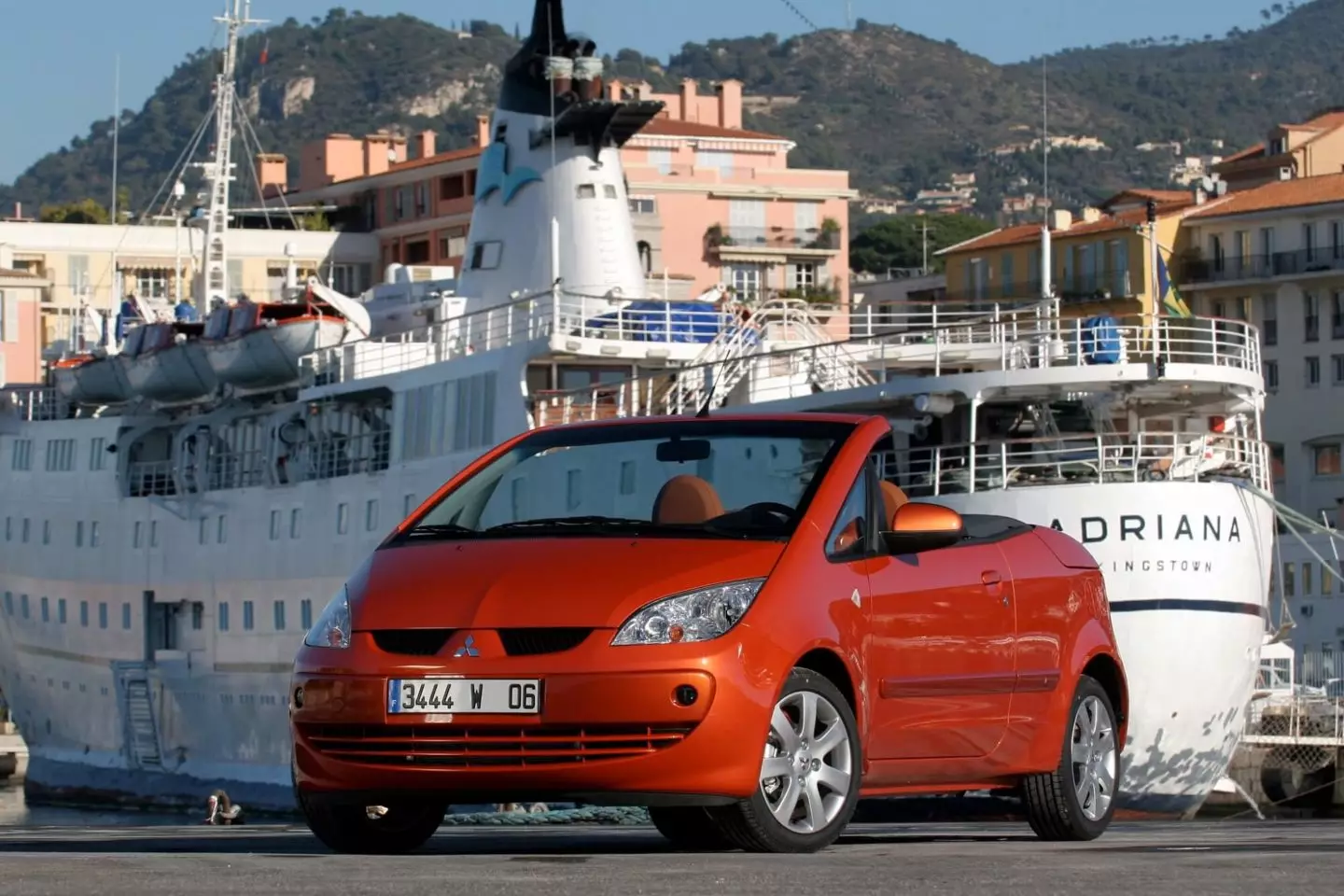
Aesthetically, the Japanese model had somewhat “strange” proportions, largely due to the monocab format that served as its base. In total, it was only in production for two years, disappearing in 2008 without leaving a successor.
Nissan Micra C+C
As we told you, in the first decade of the 21st century there were few brands that didn't try to have a convertible with a metal top. Therefore, not even the third generation of Nissan Micra (yes, the one with the cutest look) managed to "escape".

Unveiled in 2005, the Micra C+C was (supposedly) inspired by the Nissan Figaro, a retro-designed convertible that Nissan launched in 1991 with… canvas top. Voted by Top Gear in 2013 as one of the “13 worst cars in the last 20 years”, the Micra C+C disappeared in 2010 without a trace.
Opel Tigra TwinTop
After three years in renovation, the Tigra name returned to the Opel range in 2004, not as a small coupé but as a convertible with a metal top, derived from the Opel Corsa, in this case the third generation SUV. Still, this wave of convertibles managed to be one of the best aesthetically achieved, perhaps by giving up the rear seats.
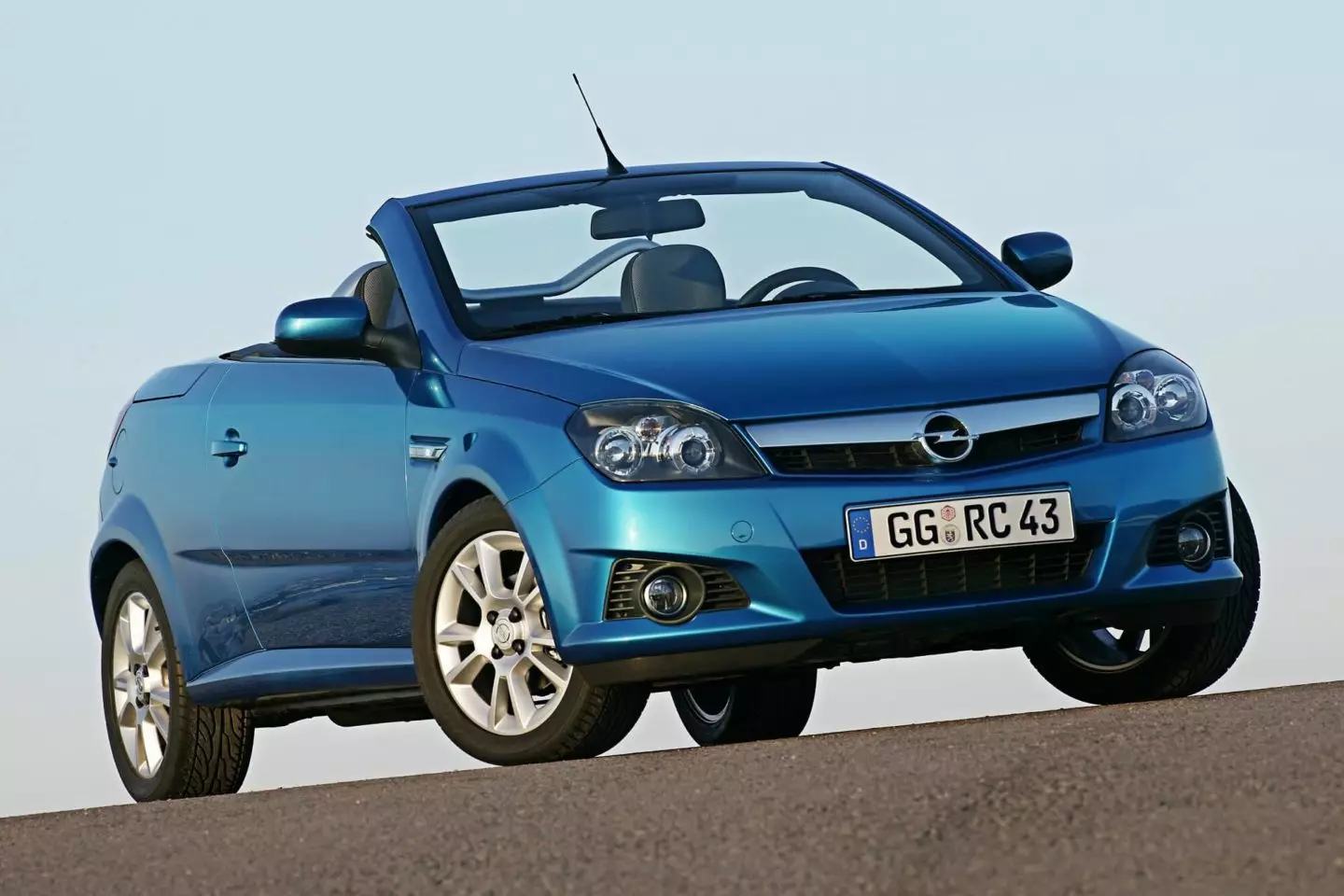
Sales, however, were far from those of the first Tigra — 90 874 units sold in five years compared to 256 392 units that the first generation sold in seven years — with production ending in 2009.
Renault Wind
Renault what? Yes, it is unknown to many, even because it was not even officially sold around here. The Renault Wind was Renault's bet in the segment of small convertibles with a metal top.
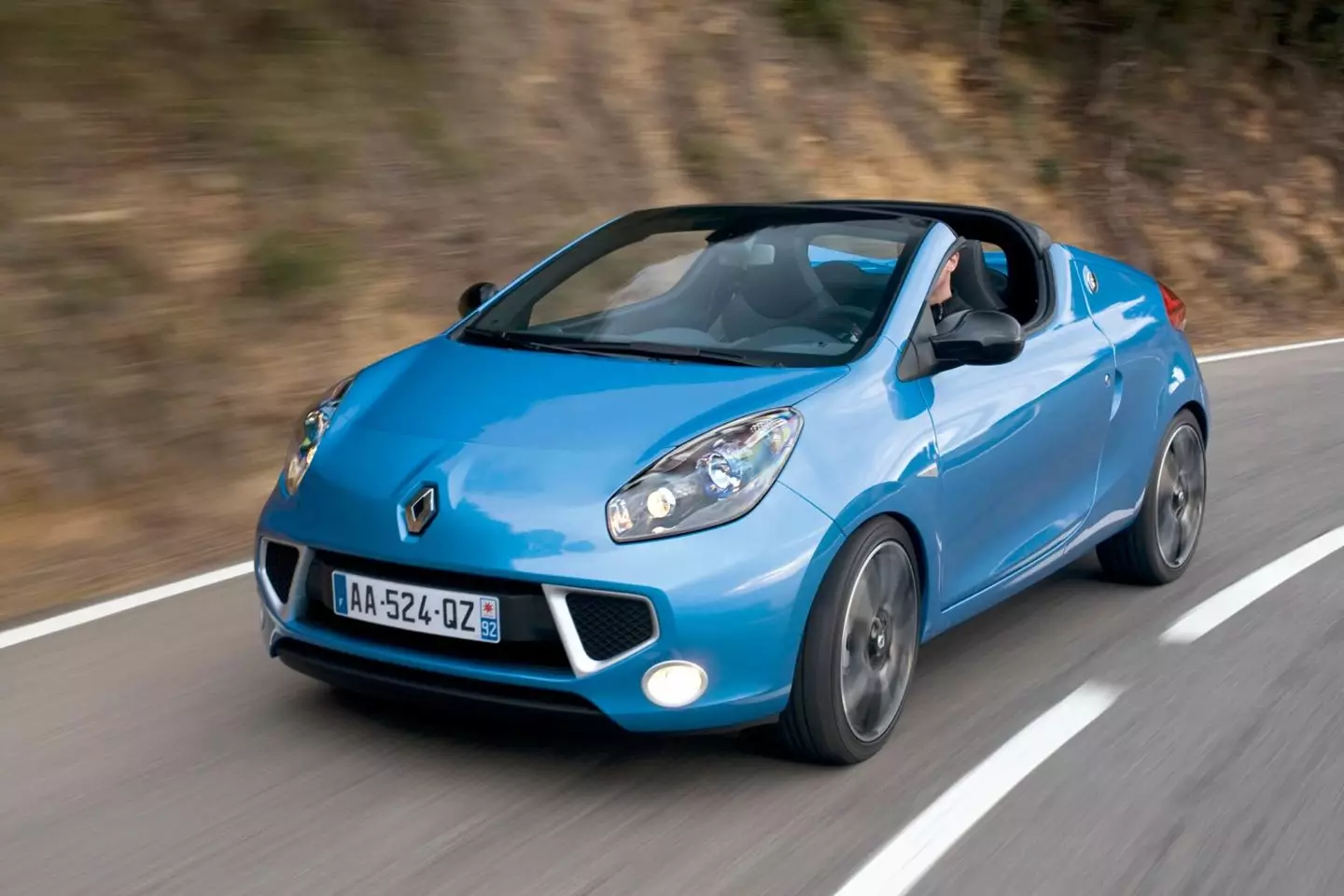
The name came from a prototype unveiled in 2004 and was really the only thing the production version took to the concept. Rather than adopting the beautiful and elegant small roadster look anticipated by the prototype, the Wind derived from the Twingo, being much taller than expected and one could almost call it a… targa.
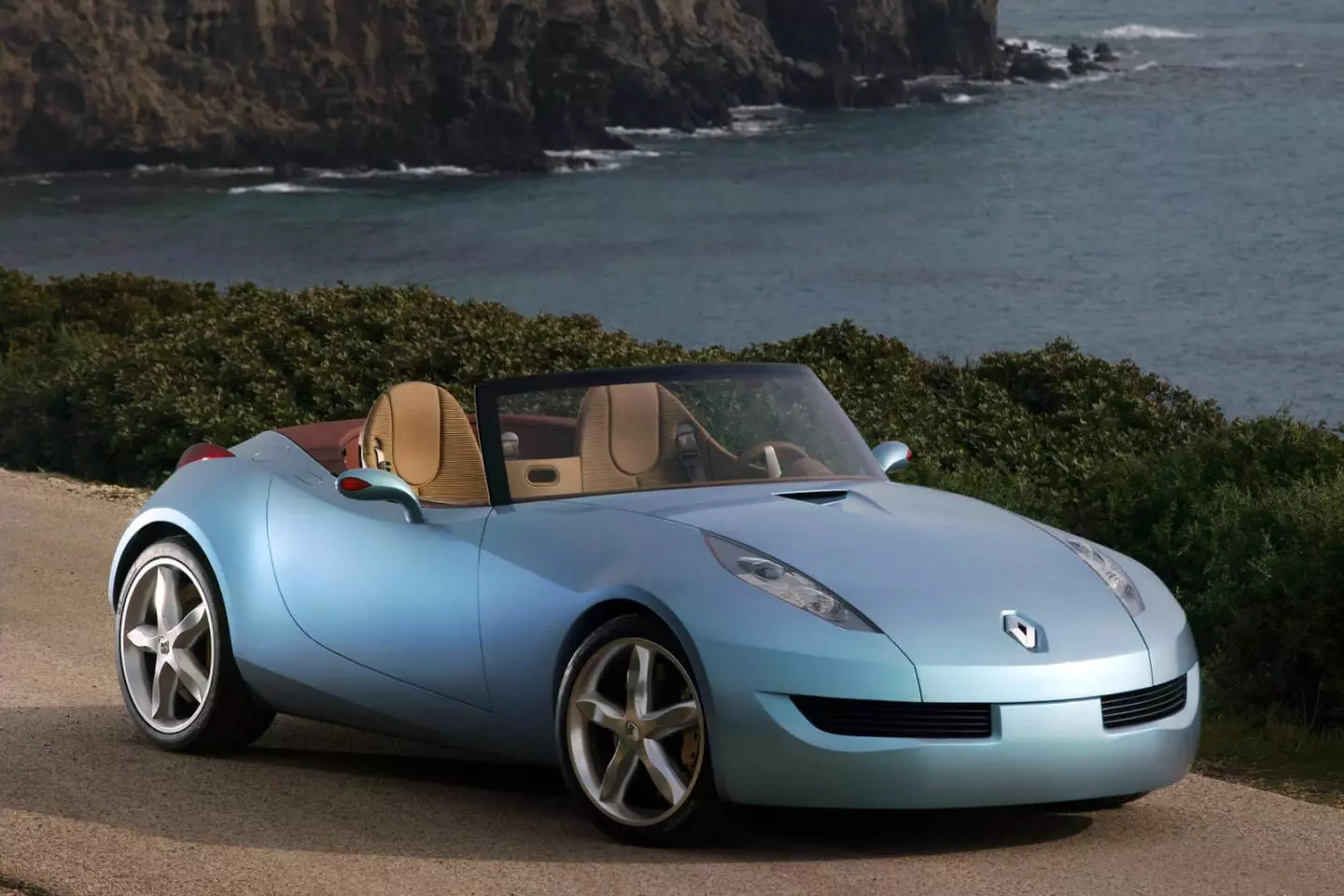
This was the prototype that gave the Renault Wind its name.
Produced between 2010 and 2013, the Renault Wind ended up living up to its name and “went with the wind” asserting itself as a flop in the path of models like the Vel Satis or Avantime. Interestingly, the metal top consisted of a single piece that rotated 180º backwards making the Wind convertible.
Peugeot 307 CC and 308 CC
As with the 206, the 307 also “surrendered” to the charms of the metal roofs. Launched in 2003 and refurbished in 2008, the 307 CC was, curiously, the model chosen by Peugeot to race in the WRC, being the only convertible of its kind to have had such an illustrious career in competition.
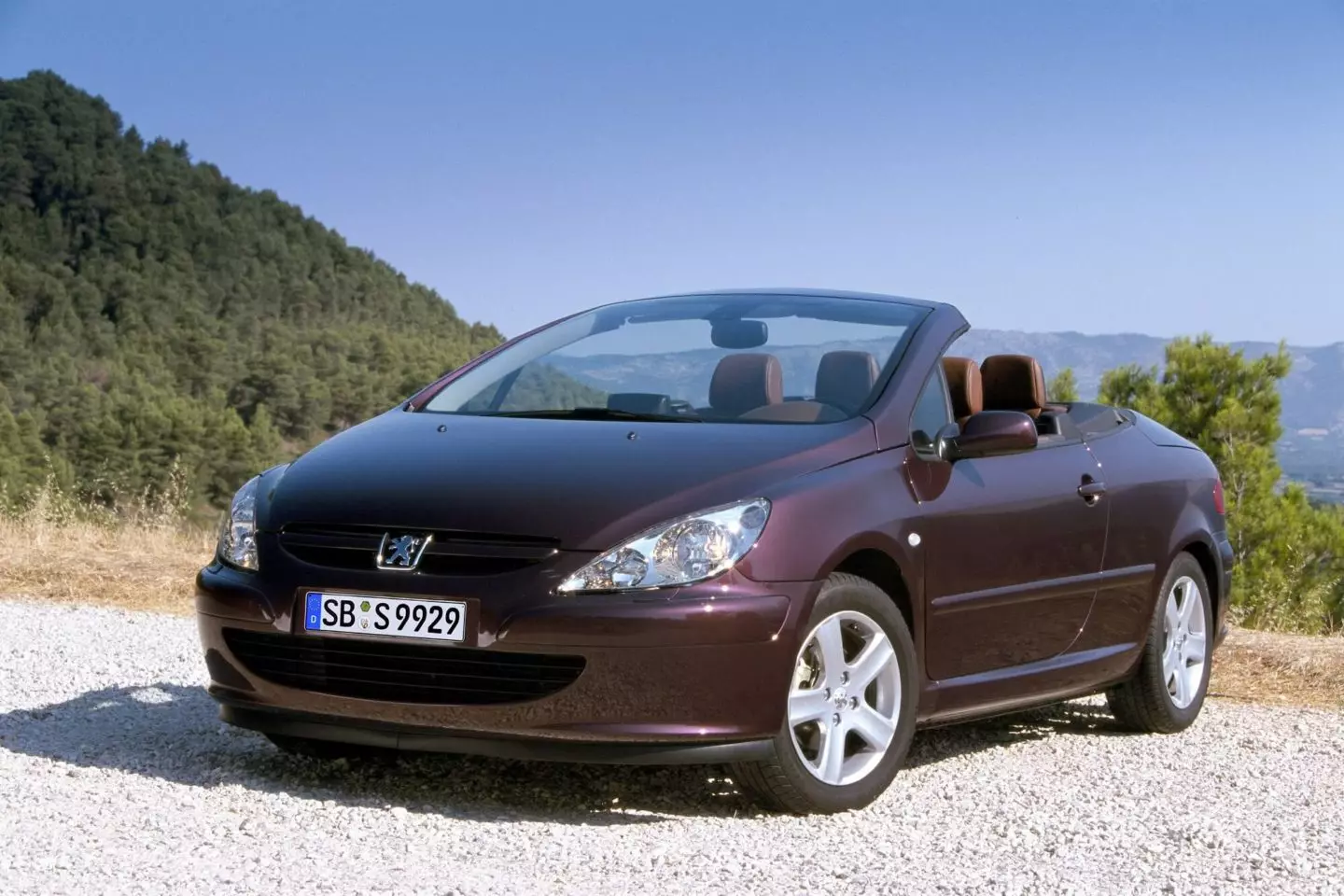
In 2009, it was the turn of the 308 CC to replace the 307 CC. Unlike its predecessor, it did not go through the rallies and remained in production until 2015, the year in which Peugeot decided to abandon the convertibles altogether (the 207 CC also disappeared that year).
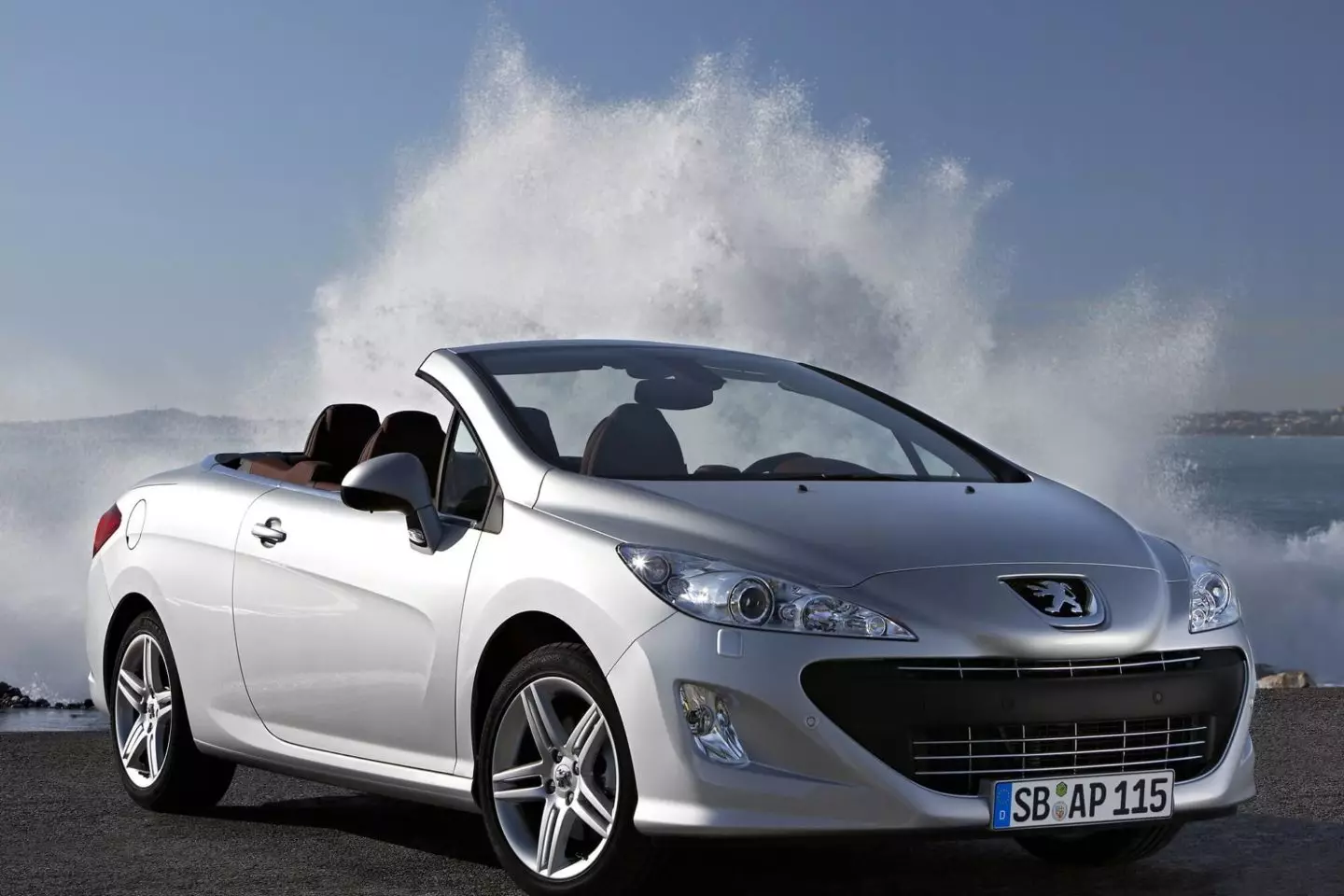
Renault Megane CC
In total, Mégane CC has known two generations. The first, based on the second generation of the Mégane, appeared in 2003 and remained in production until 2010, being, without many doubts, the more elegant and aesthetically appealing of the two.
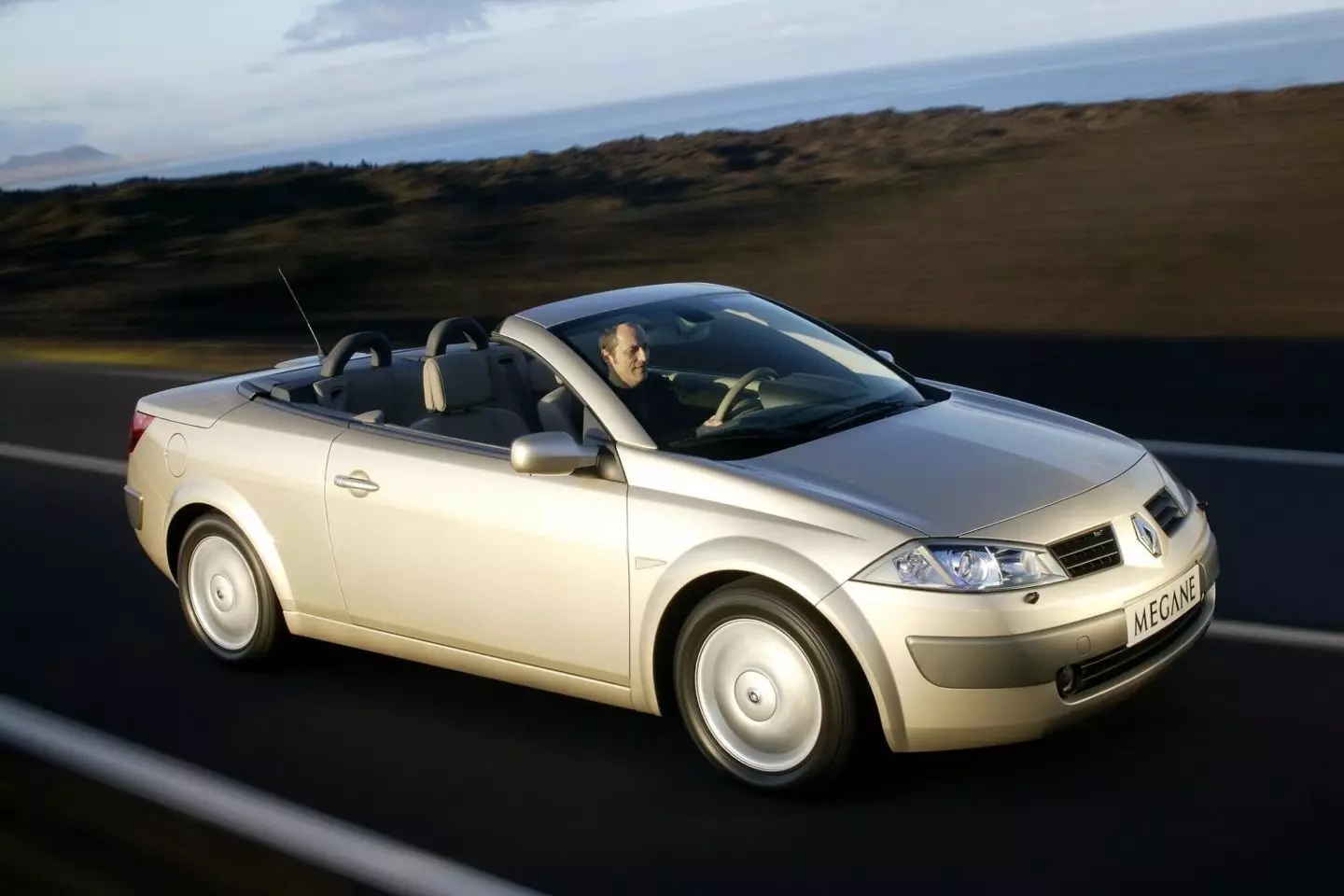
The second generation of the Mégane CC appeared in 2010 and remained in production until 2016. Since then, there has never been a Mégane without a hood, whether metallic or not.
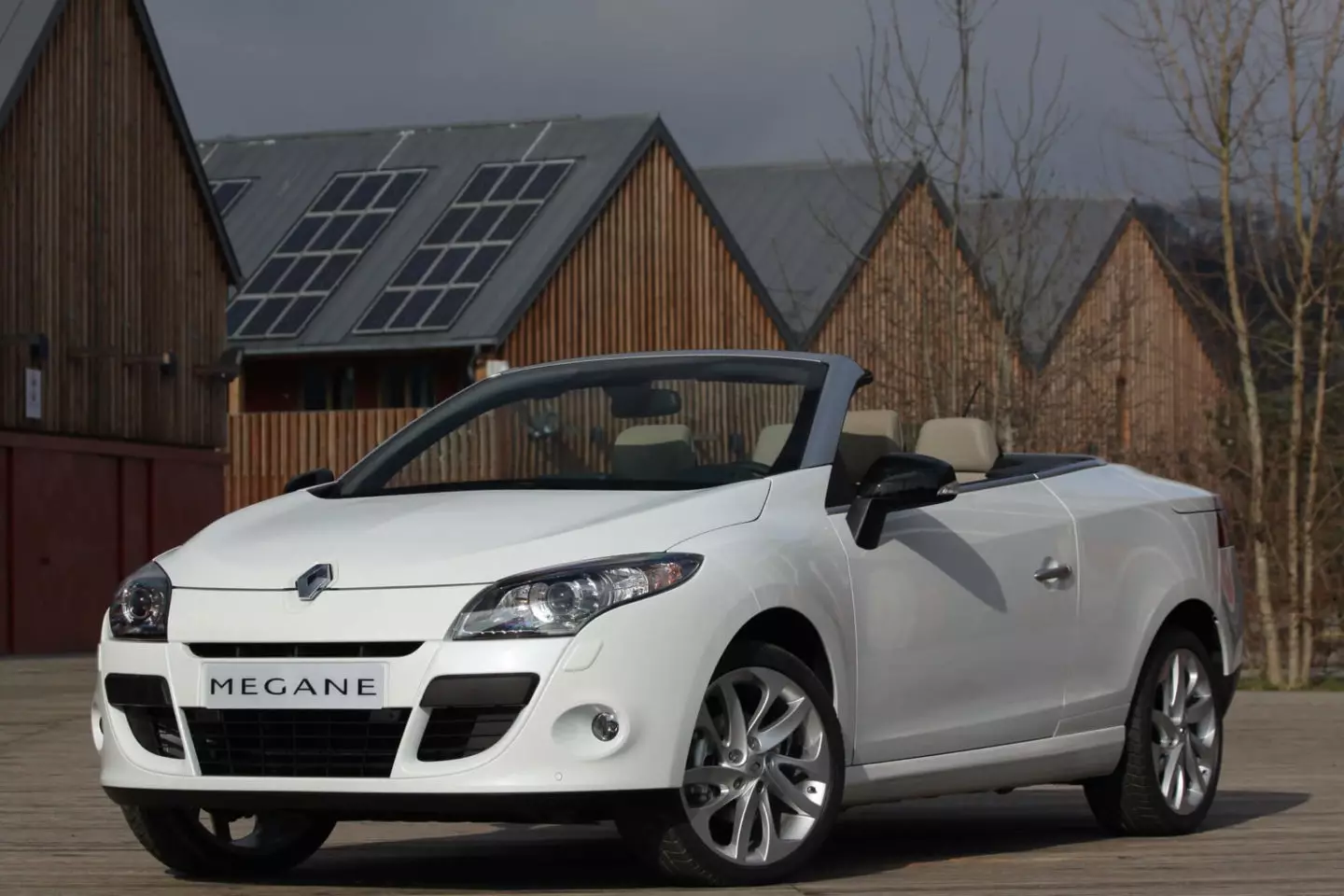
Ford Focus CC
Born in 2006, the Focus CC was Ford's answer to the success that metal-top models were experiencing at the end of the first decade of the 21st century.
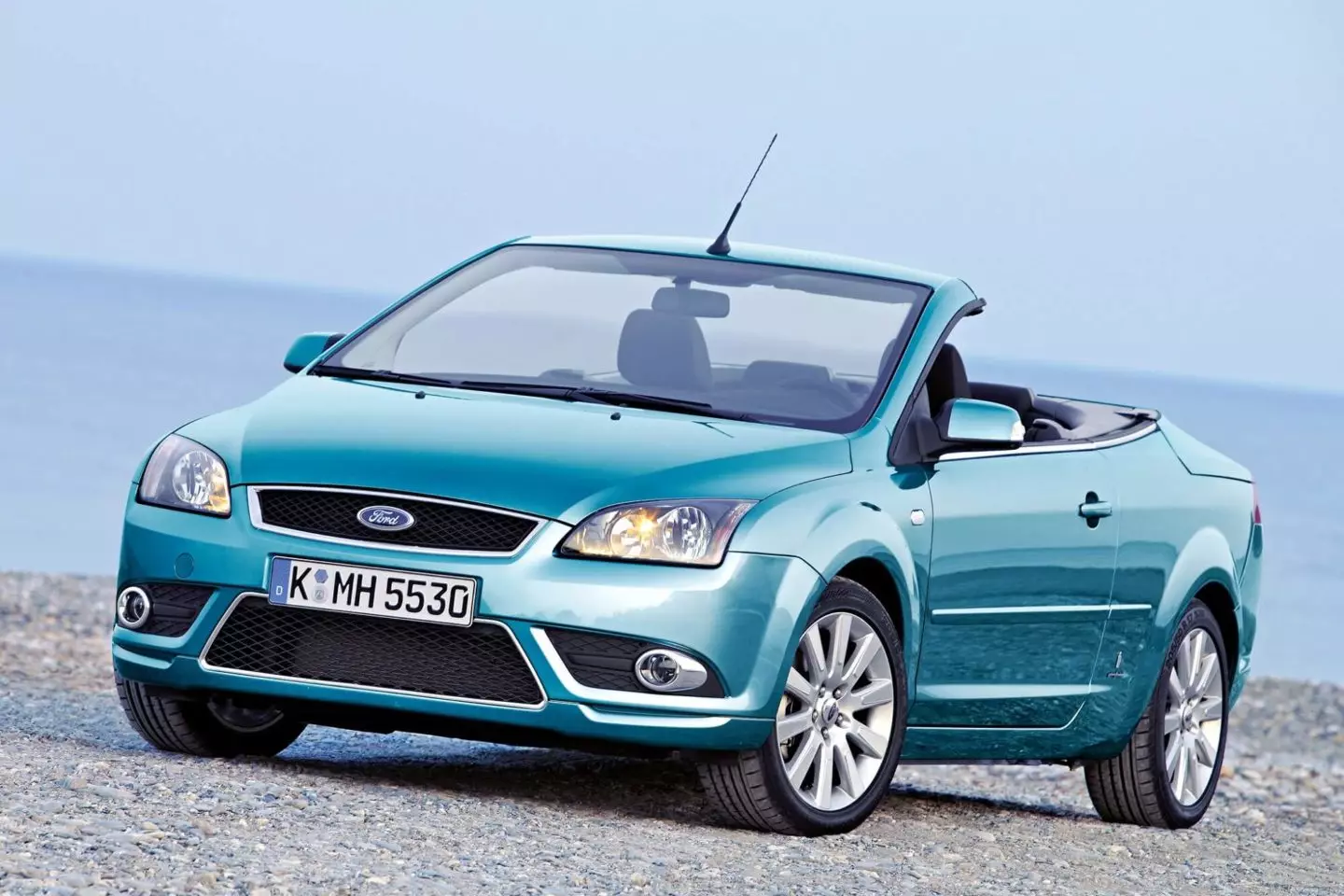
Designed by Pininfarina, the Focus CC was restyled in 2008 and saw its production come to an end in 2010. Since then, the only convertible that Ford sells in Europe has no metal top and couldn't be more different — recalls our test of the Ford Mustang.
Opel Astra TwinTop
After two generations in which it remained faithful to the canvas hood, in 2006 the convertible version of the Astra started to feature a metal hood. With this change, the Astra convertible went from Convertible to TwinTop, using the nomenclature debuted in the little Tigra.
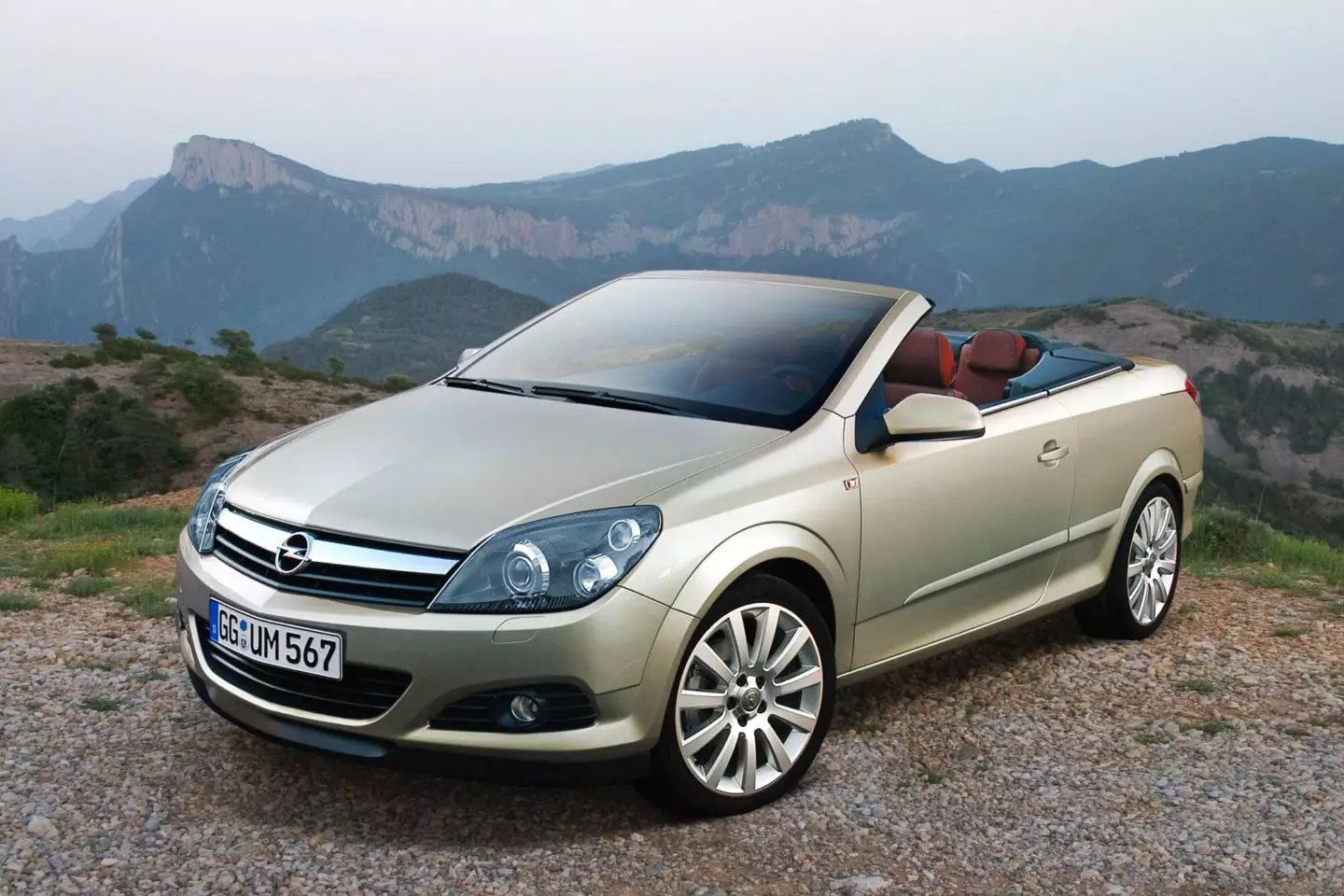
Despite being visually one of the most elegant examples among convertibles with a metal top, the Astra TwinTop said goodbye to the market in 2010, four years before the disappearance of the Astra that served as its base. In its place came the Cascada, however this already used the traditional canvas hood and also met a premature end.
Volkswagen Eos
This one has more meaning for us than the others, as it was produced in Portugal, more precisely in Palmela, at Autoeuropa.
The Volkswagen Eos was, most likely, one of the most elegant convertibles with a metal top of its generation. Despite being based on the Golf, the Eos had a distinct personality, something very visible at the front (up to the restyling), which could not always be said of its competitors.
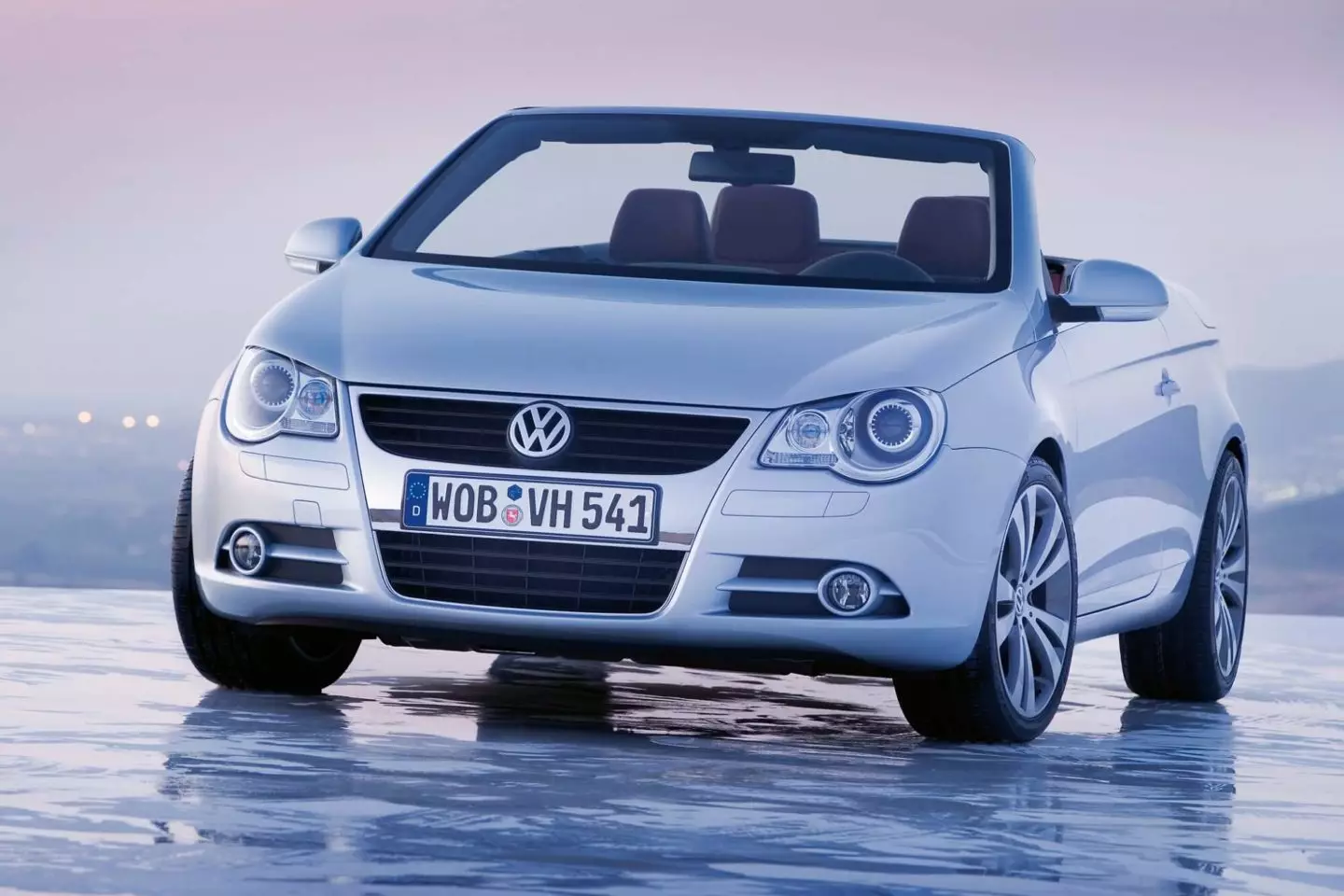
Produced between 2006 and 2015, the Eos was one of the convertibles with a metallic hood that had no direct successor. Interestingly, today the place that the Eos left vacant in the Volkswagen range is, indirectly, occupied by the… T-Roc Cabriolet.
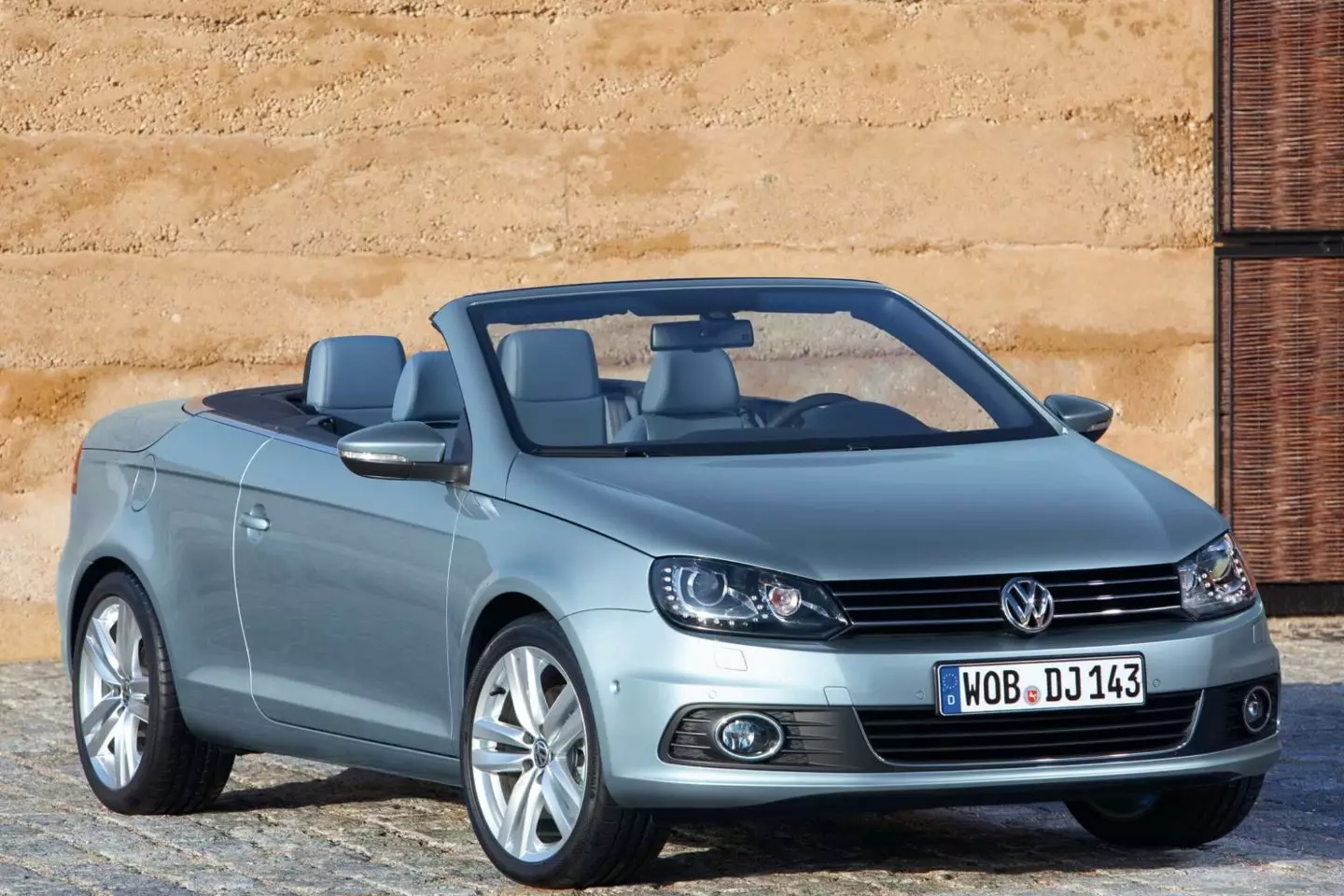
The 2010 restyling brought the Eos aesthetic closer to that of the Golf, but…
Not even the D-segment derivatives escaped
Despite the success that metal hoods have come to know, the more you climb the “staircase of segments”, the rarer they become. Still, there are three D-segment-derived models that haven't “escaped” them.
The first was the Volvo C70, which after the first generation had a canvas hood, in the second it ended up receiving a metal hood, also taking the place of the coupé, which disappeared without a direct successor.
Designed by Pininfarina and with the same base as the S40 — yes, we know it was the same as the Focus, but commercially it was positioned one segment above — the Volvo C70 remained in the market between 2006 and 2013, having received a facelift in 2010.
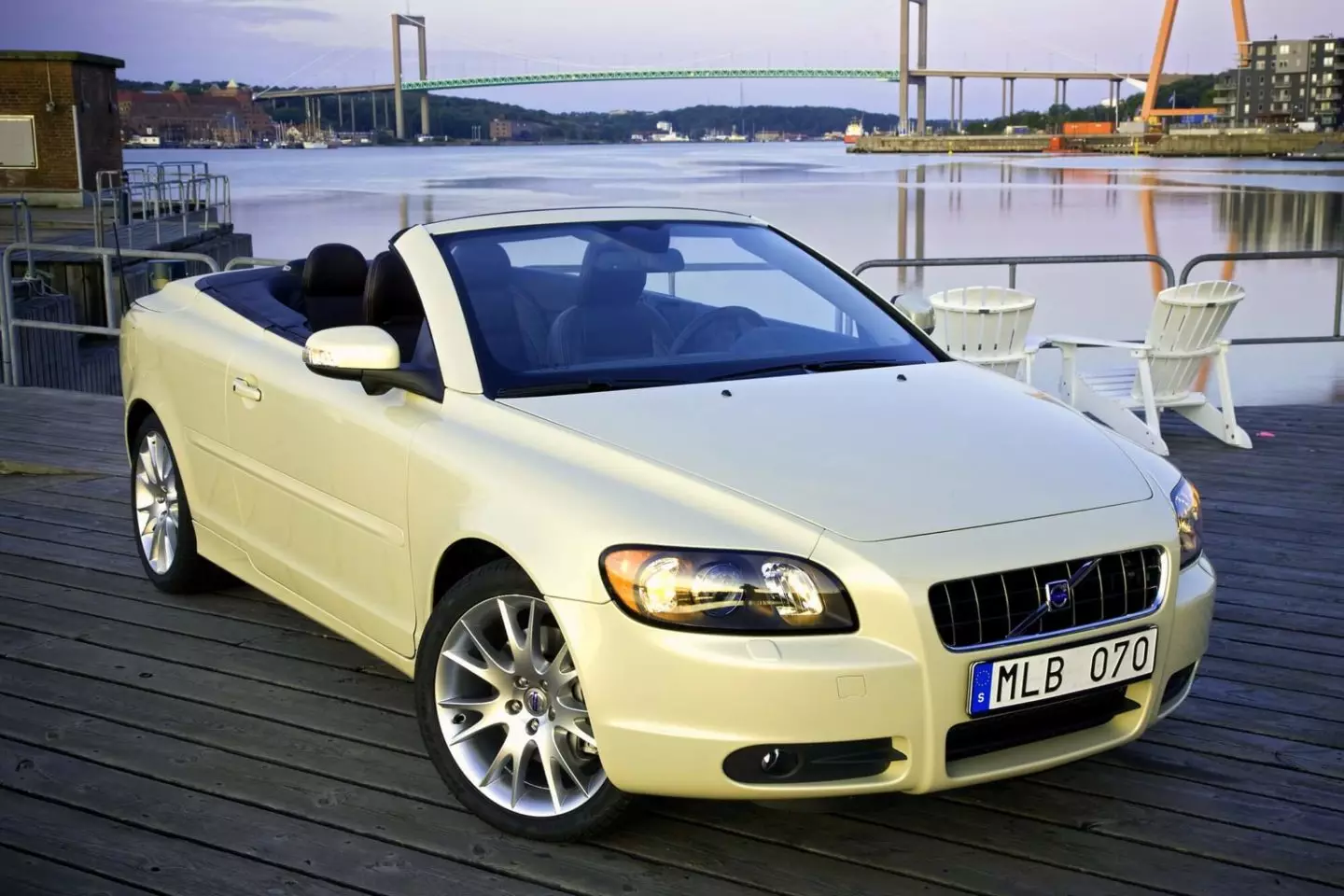
In addition to the Volvo C70, the convertible version of the previous generation of the Lexus IS also featured a metal hood. Introduced in 2008 and launched the following year, the convertible variant of the IS would disappear in 2015, with no successor.

Finally, the BMW 3 Series also had a metal hood. Born in 2007, it remained in production until 2014. It was the last 3 Series to lose its roof, with the role of D-segment convertible at BMW today being occupied by the 4 Series, the last of the four-seater convertibles still making use of a metal hood.
